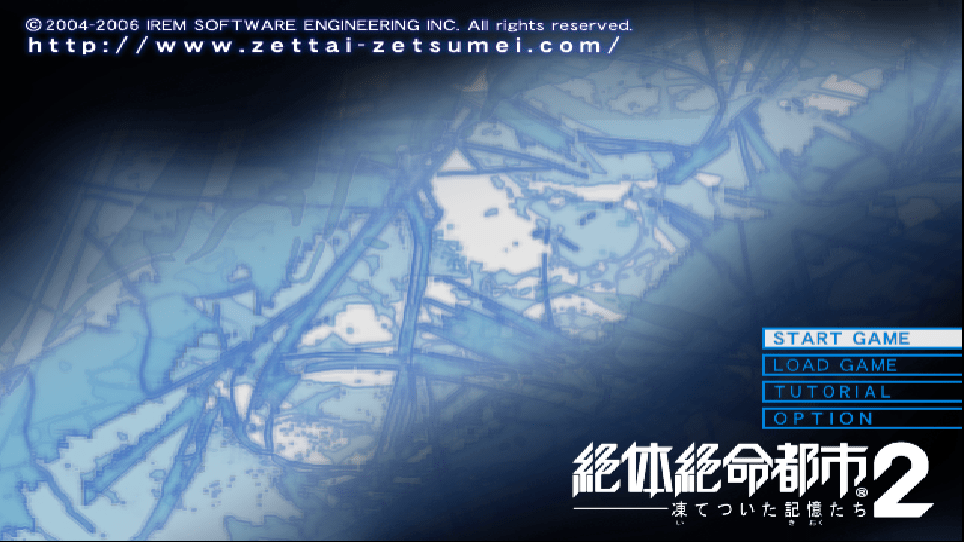

Here is what's new in the Windows version: Time for another great update to DiskDigger for Windows, as well as DiskDigger for Android! You'll need to tap the "Go to settings" button, then turn on the switch to allow the permissions, then navigate back, and the scan will begin automatically. After starting DiskDigger and tapping the "Basic photo scan" button or "Full scan" button, it will ask you to grant permissions to access all files on your device. Improved support for new file permissions introduced in Android 11.Improved the workflow for saving recoverable files back to local storage.If you're absolutely sure that you want to recover all the files in all the tabs at once, you can hold down Shift while right-clicking in the list of files, and you will see an option to save all the files.Īnd here are the updates for the Android version:

In "Dig deeper" mode, the recoverable files are organized in tabs, based on the file extension of the recoverable files. Added an advanced option to save all recovered file types at once.After starting DiskDigger, go to the Advanced tab and click the "Scan disk image" button to select your disk image. VHDX (Hyper-V virtual hard disk) disk images. Added support for recovering data from.Added support for recovering Autodesk Eagle (.BRD) drawings.Improved support for recovering certain Raw camera formats (.SR2.Time for another important update to DiskDigger for Windows, as well as DiskDigger for Android! Here is what's new in the Windows version: Upon starting the app, tap the overflow menu (three dots on the top-right) and select "Advanced/experimental features", then tap "Start basic video search". There is now a new experimental feature for finding lost videos, even on a non-rooted device. Further improvements to saving recoverable files back to the device's local storage, particularly on specific models of Samsung and OnePlus devices.



 0 kommentar(er)
0 kommentar(er)
